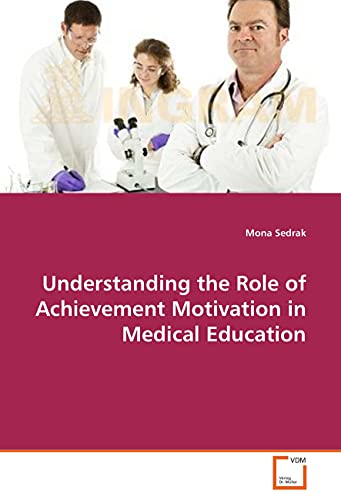Riassunto
Vago (1999) commented, "Everywhere change has become central to people's awareness and there is a commitment to change that is irreversible, irresistible, and irrevocable" (p. 4). In no institution is societal change more evident than in the medical community. In the United States, approximately 71.7 million people are expected to be 55 years or older by 2010, 15.4 million people more than this demographic cohort represented in 2000 (Berman, 2001). Advances in medical technology are permitting an increasing number of health care problems to be treated, thereby increasing life expectancies. These advances, linked with an aging population, have generated an increased demand for health services and an increase in health care spending (Berman, 2001; Hecker, 2001). Currently, there is a nationwide trend to stem the rapid growth of spending on health care by medical insurers and the government (Berman, 2001; Hecker, 2001). In response to this effort, the utilization of physician assistants (PAs) in the hospital and clinic setting has increased as PAs assume some duties formerly performed by more highly paid health care workers.
L'autore
Mona Sedrak, PhD, received her BS in Allied Health Studies from the University of Texas Southwestern Medical Center at Dallas in 1990, MS in Education, Research and Leadership from AT Still University in 2000 and her PhD in Higher Education from Walden University in 2003.
Le informazioni nella sezione "Su questo libro" possono far riferimento a edizioni diverse di questo titolo.
